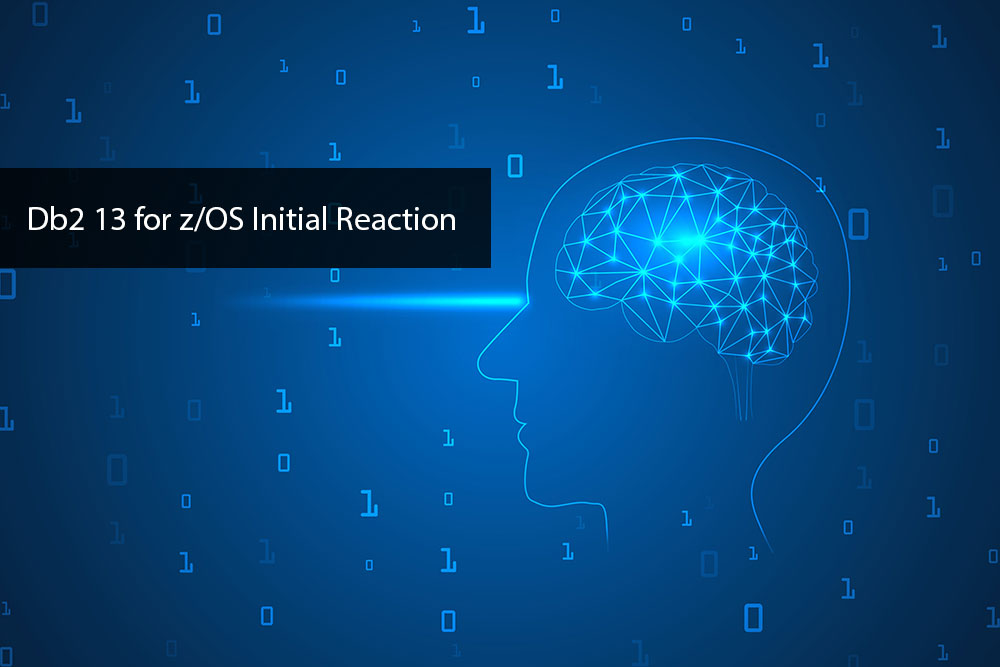On April 5th, 2022, IBM formally announced the release date of Db2 13 for z/OS, May 31st, 2022. After all the anticipation that had been building for some time, people will be asking questions around two topics:
- What’s in it for their company?
- How do they get to the new version?
What Benefits Would Db2 13 Bring to Your Company?
Much of the initial buzz around the new version is about SQL Data Insights, which leverages the on-chip Accelerator for Artificial Intelligence built into the IBM Telum processor, the foundation of the new IBM z16 server. It’s no mistake that the z16 was announced on the same day as Db2 13, but the good news is that you won’t require the z16 for SQL Data Insights, although performance will, we are assured, be far superior on the z16. Db2 13 support for Data Insights is delivered via three new SQL AI functions.
The suspicion is, however, that most businesses will be more interested in the many availability, scalability and performance improvements. To list just a few highlights:
- Online conversion of PBG to PBR
- Online removal of active log datasets, allowing complete replacement of your active logs e.g. to increase the active log dataset size
- Doubling the DSMAX limit to 400,000 (requires z/OS V2.5)
- Allowing IRLM to dynamically alter the lock structure size in data sharing
- More efficient handling of DBATs
- Greater FTB eligibility
- Any many more …
Then, there are the improvements to application management, including more use of application profiles:
- Setting the lock timeout threshold at an application level via a new special register
- Influencing deadlock resolution via a new global variable
- Very importantly, application profile support for local as well as remote threads.
How Do I Get to The New Version?
Without going into detail, the migration process promises to be less disruptive than for previous releases. For example, there is no CATMAINT when you first start Db2 13; to upgrade the catalog you need to confirm you will not return to Db2 12 by activating function level V13R1M500 first. This has the added advantage of greatly simplifying Db2 12 toleration of and coexistence with Db2 13.
The big requirement, at least for some customers, is the need to have activated Db2 12 function level V12R1M510 before beginning the migration process. To help with the technical and political aspects of this, the Db2 Gold Consultants produced a technical paper on Db2 12 for z/OS Function Level Activation and Management; be ready for an updated version of this paper now that Db2 13 has been announced.
If you can, let us know your plans for migrating to Db2 13 in the comments section below.


